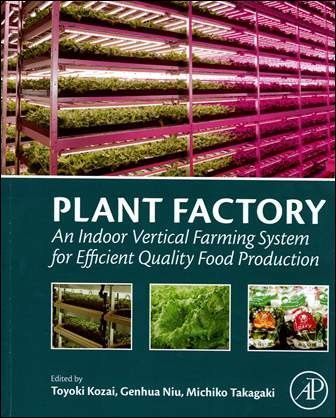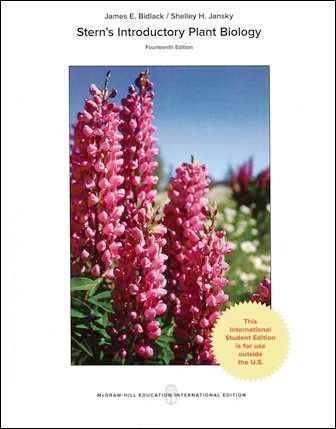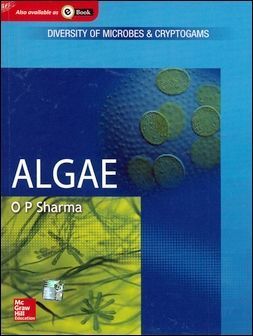書籍分類

Plant Factory: An Indoor Vertical Farming System for Efficient Quality Food Production
作者:Toyoki Kozai, Genhua Niu, Michiko Takagaki
原價:NT$ 1,500
ISBN:9780128017753
年份:2015
出版商:Elsevier B.V.
頁數/規格:432頁/平裝彩色
年份:2015
出版商:Elsevier B.V.
頁數/規格:432頁/平裝彩色
內容介紹 本書特色 目錄 作者介紹
- Description
Plant Factory: An Indoor Vertical Farming System for Efficient Quality Food Production provides information on a field that is helping to offset the threats that unusual weather and shortages of land and natural resources bring to the food supply.
As alternative options are needed to ensure adequate and efficient production of food, this book represents the only available resource to take a practical approach to the planning, design, and implementation of plant factory (PF) practices to yield food crops. The PF systems described in this book are based on a plant production system with artificial (electric) lights and include case studies providing lessons learned and best practices from both industrial and crop specific programs.
With insights into the economics as well as the science of PF programs, this book is ideal for those in academic as well as industrial settings.




